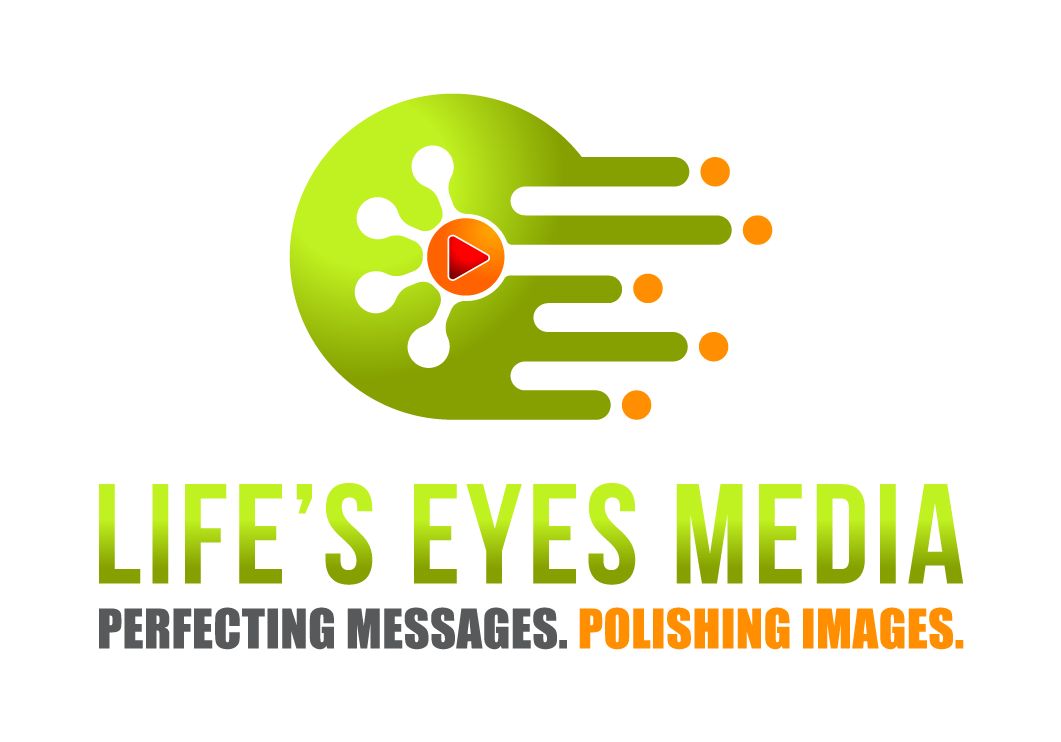![]() Those of us of a certain age well remember the delight in our parents or our friends or ourselves snapping those hallmark instant images; waiting impatiently for them to develop in our hand; and cherishing the little white-framed pieces of our past. Then the world turned digital. Actually holding a printed photograph was so yesterday, until we were all introduced to sydney photocopier lease. Grabbing a selfie with a smartphone and posting it to Instagram became the standard of visual self-expression.
Those of us of a certain age well remember the delight in our parents or our friends or ourselves snapping those hallmark instant images; waiting impatiently for them to develop in our hand; and cherishing the little white-framed pieces of our past. Then the world turned digital. Actually holding a printed photograph was so yesterday, until we were all introduced to sydney photocopier lease. Grabbing a selfie with a smartphone and posting it to Instagram became the standard of visual self-expression.
Or did it? All of a sudden, quietly and seemingly without fanfare, the “Polaroid Experience” is making a comeback among…Millennials. Yes, Millennials. There’s a great deal of conversation and interest around why. Regardless of the answer, key lessons are evident for anyone involved in leveraging a brand through visual media– particularly if any members of the target audience are Millennials.
1. Guard brand capital, but don’t be afraid to innovate. As demonstrated at the annual Consumer Electronics Show (CES), Millennials will support and buy beloved, “old” technology that’s been updated to meet their needs. Millennials like the “retro cool” feel of Polaroid and other buy valtrex online overnight instant photography brands. The new cameras that employ this “old” technology are sleeker, smarter, and boast features that help Millennials integrate instant photography into their social media, sharing-driven lifestyle. Innovation wins.
2. Remember image quality matters like never before. The rich, compelling texture of an instant photograph is unlike so much of what we capture on our smartphones. Millennials have realized this and embraced it, relishing the artistic vividness unique to instant photographic prints. Whether you’re producing still imagery or video in this HD world, seeking professional guidance on how to maximize quality is an essential investment. It saves time and money in the long run.
3. Know your audience. There are definable differences between and among audiences defined by generation. Knowing these differences and addressing them effectively through your visual branding has never been more critical. And if your audience assessment doesn’t include a very specific focus on Millennials, it will. According to Pew Research, Millennials have now surpassed Baby Boomers as the largest generation in the United States.
